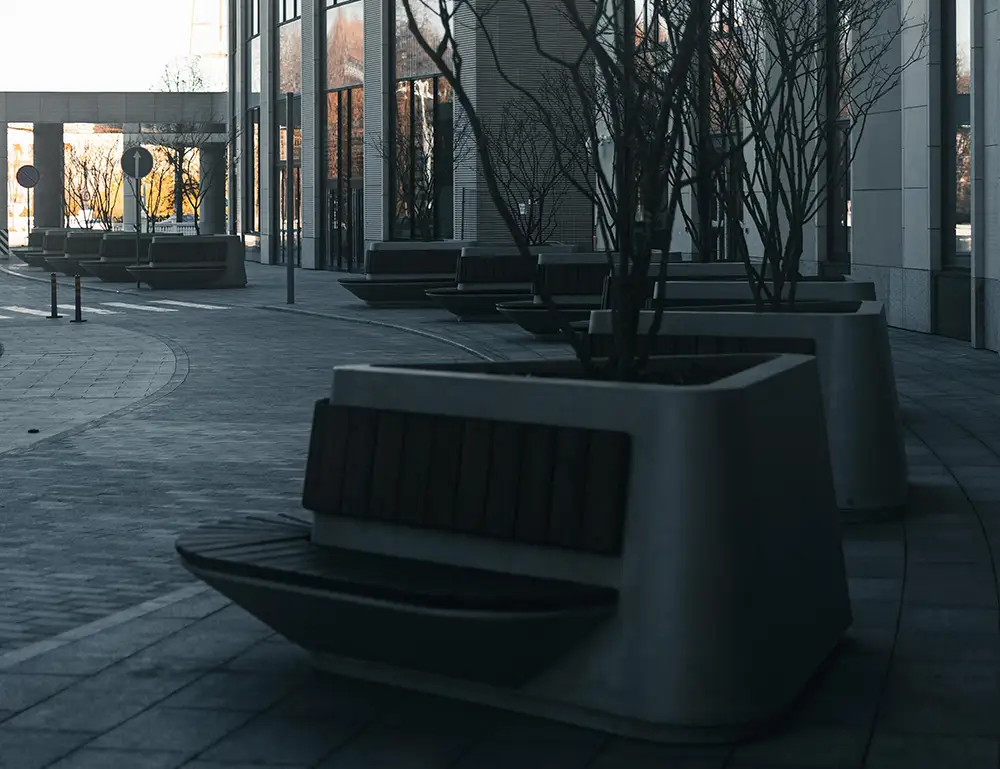

Remember the days of bustling office towers, packed commutes, and the endless quest for a decent lunchtime latte in the city center? The pandemic flipped the script on work culture, and now, commercial office space faces a challenge: is it becoming obsolete?
The rise of remote work has left many buildings eerily quiet. CBRE reports a 22% decline in average office space per person, and 43% of organizations plan to reduce it by more than 30% in the next three years. Vacancy rates are soaring, leading to concerns about downtown economies that thrive on office worker spending.
What’s driving the decline?
What’s next for office space?
Is the office dead?
Probably not. While the traditional model might shrink, offices will likely evolve to support collaboration, innovation, and team building. It’s not about where we work, but how we work best in the post-pandemic landscape.
What are your thoughts? Will office space rebound, or are we witnessing a permanent shift? Share your thoughts in the form below.


